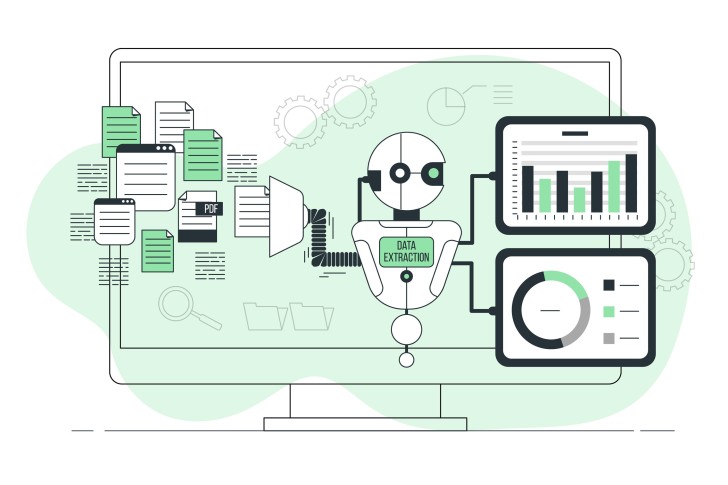Enabled by new technological advancements, AI business process automation takes a new leap with the introduction of agentic AI. To understand this new technology and how it impacts automation, we need to understand how AI changed automation.
AI’s impact on automation
The concept of automating repetitive tasks isn’t new for businesses. Before AI, it was mostly done through scripting. The software would read the script and treat it like a step-by-step instruction on what it needs to do.
With AI, automation expanded into more nuanced territory. No longer limited to simple, rule-based objectives, businesses can automate even open-ended or variable tasks that would typically require human intervention. But this isn’t the only way AI improves automation.
AI can handle complex tasks
Most tasks your employees have require processing a lot of information in real time. They can’t be automated using scripts, since the instructions would be too complex for this format of automation.
AI, on the other hand, thrives in environments with large amounts of data. It can process information and find patterns in real-time, making it perfect for automation.
AI can learn and adapt
Traditional automation didn’t perform well with evolving objectives. Any change in rules, inputs, or expected outputs could mess up the whole system. AI fixes this, since it can easily adapt to new data, ensuring the business will always get the results it needs.
AI can scale
In traditional automation, even similar tasks would require their own scripts. This is one of the main drawbacks of rule-based systems.
With proper training and fine-tuning, AI-powered systems can address this issue, since they can handle multiple requests at the same time. This way, if you have similar tasks, you could automate them using the same AI-powered tool.
Automating with agentic AI
A new leap in AI automation comes from agentic AI. These systems require little to no human oversight and can take goal-oriented actions on their own.
The biggest difference between agentic AI systems and AI-powered automation tools comes from expanded flexibility. Agentic AI can decide how to approach a problem, which tools to use, and whether it needs help. Here’s what else they can do.
Handle open-ended tasks
Traditional automation can only handle tasks with clear outcomes and a fixed structure. Agentic systems, on the other hand, can reason through complex workflows, find the right data, and dynamically adjust based on the context.
For example, agentic AI models can troubleshoot IT-related issues on their own, they can plan and coordinate tasks even with changing inputs, and also draft context-sensitive documents.
Work across multiple tools and systems
Agentic AI isn’t bound to one machine or one app. It can access files, search the web, and even use APIs as part of its reasoning process. Such systems are fully autonomous, which is why they can handle fragmented tech stacks and multi-tool objectives.
Reduce rigid processes
Traditional automation requires extensive research into how tasks are done, as well as the whole automation setup process. Businesses need to have a detailed step-by-step workflow in advance for automation to work in the first place.
Agentic AI addresses this issue. It can figure out the workflow on its own, saving both time and money for the company.
Final words
In the past, automation was bound only to a very small number of tasks. Automation had requirements.
Nowadays, AI automation, especially with the introduction of agentic AI systems, is no longer bound to rule-based objectives. Such systems can handle way more tasks compared to traditional scripting, and with little human intervention, too.
 Editorial staff
Editorial staff

 Editorial staff
Editorial staff


